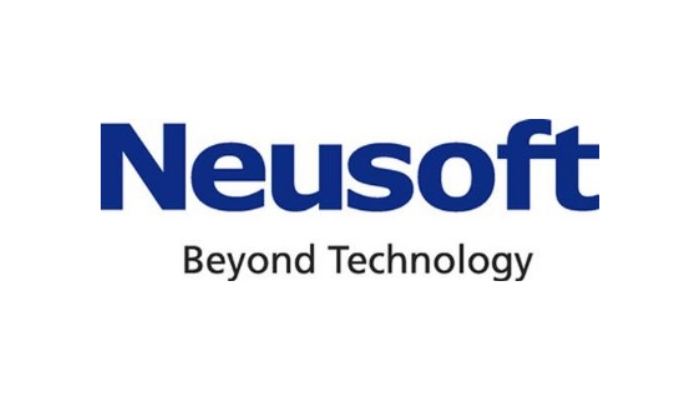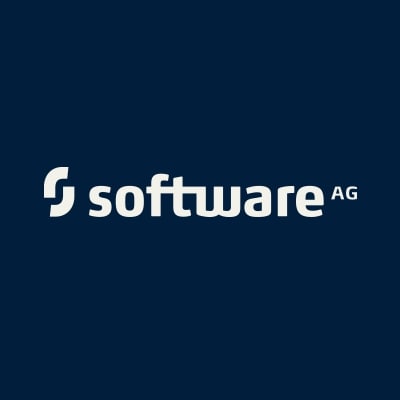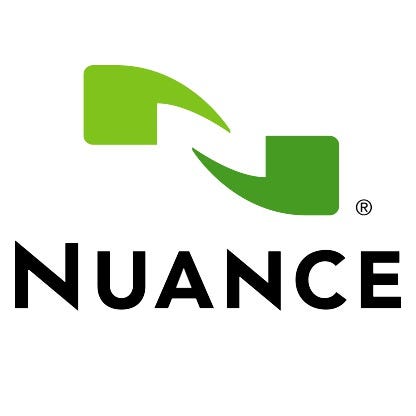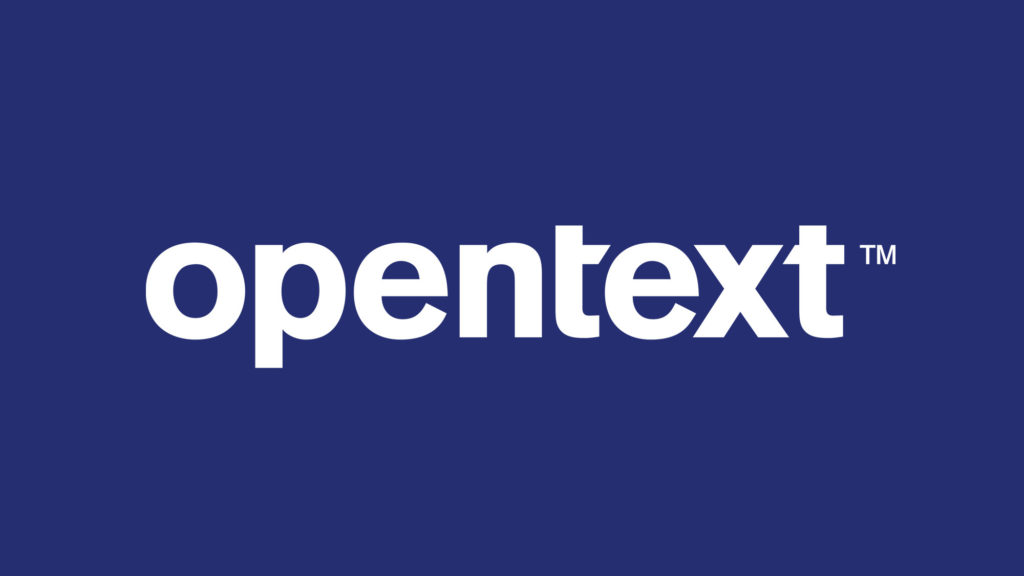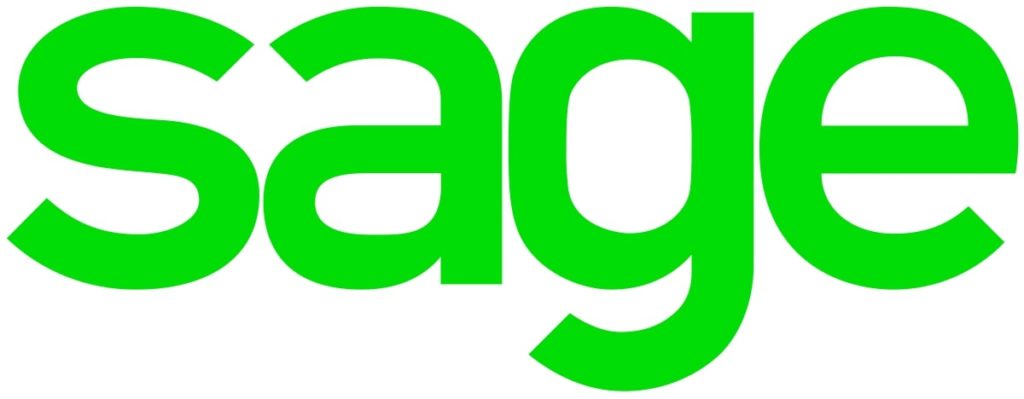Visma – A Leading Software Company In The Nordic Region And Europe.
Visma is a computer software company that is owned by a group of private equity firms. The company was founded in 1996 and it is based in Oslo, Norway. The Visma management only owns 6.6 percent of the company and the other owners include Hg and co-investors (major ownership), Cinven, Immediate Capital Group, and Montagu. Back in 1996, Company was formed by the merger of multiple companies are Multisoft, SpecTec, and Dovre Information Systems.
About The Company
Visma is a Nordic software company that mainly provides business software, IT consultancy, and related services. The main market of Company is spread across the entire Nordic region and also in Central and Eastern Europe as well. Some of the countries where the Company has offices are Sweden, Denmark, Finland, the Netherlands, Romania, Hungary, United Kingdom, and many more. Currently, Company has around 900,000 customers out of which the majority are from Northern Europe.
The CEO of the company is Merete Hverven and there are 12,500 employees working under her supervision. Visma is a big organization and it has been divided into five groups for different operations. The five divisions are Visma SMB (software division), Visma Enterprise, Visma Custom Solutions, Cloud Infrastructure Services, and Commerce Solutions. The revenue generated last year by the company was 18.68 billion NOK.
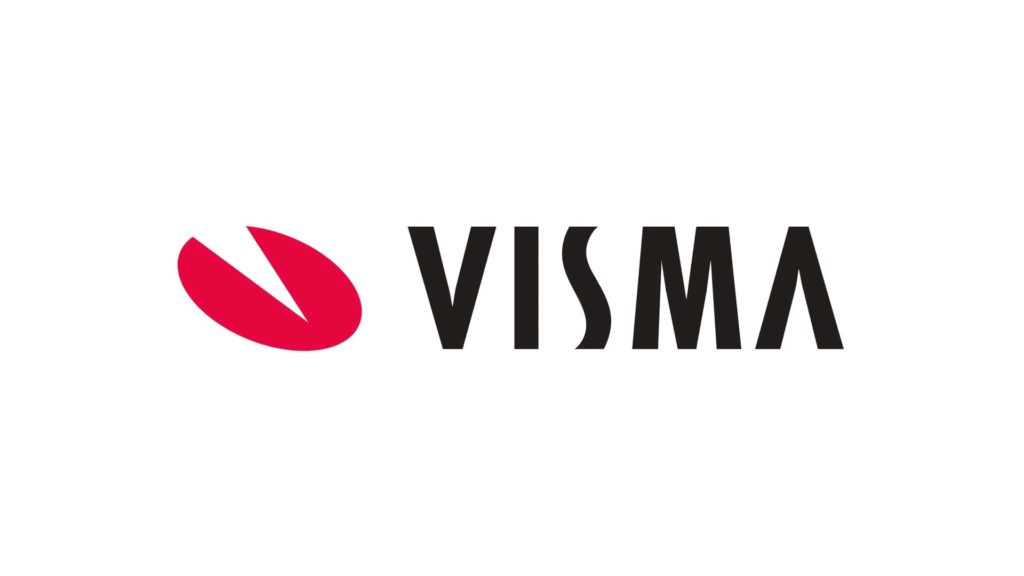
History of Visma
The company started its operations officially in 1996 and it got listed on Oslo Stock Exchange and started operating as a public company. The companies that today form Visma were merged in 1996 and together as a single organization rolled out three key products, SpecTec (marine), Visma Logistics, and Visma Business. In 1997, the company faced some financial crisis as the investment company planned for the growth of the company exceeded the company’s resources. In order to survive this turmoil, the company was restructured, and hence most of the management team and board of directors were replaced. A new CEO was hired for the company but at the same time, there were several layoffs.
Two years after reorganizing the company, it started expanding overseas. In 1999, the company opened offices in Denmark and the UK. The company started to prepare itself for the launch of Visma Business e-commerce, developed its web, and WAP extensions for all the applications of Visma. In 2000, Company decided to sell its Marine ASA’s operations. The deal was confirmed with a Dutch company called Station 12 and the cash Visma received was used to offer both software and outsourcing services within finance and payroll.
Growth and Expansion
In 2001, Company acquired a Swedish company called Spcs which was followed by acquiring a Finnish company called Liinos. Through the acquisition of Liinos, Company strategically entered the Finnish market. In the later years, Visma entered into the Norwegian and Danish market and also into the public sector through the acquisition of Møre Datasystemer. In 2003, the company also started a collaboration with Norway’s largest bank (DNB) and the national postal service. By the time the company was growing steadily, it established Visma’s Management Trainee program. In 2006, Company entered the Dutch market after it acquired AccountView, a software company. During this time, the ownership of the company changed as Visma became a private company with majority of ownership going to HgCapital.
Visma as a Private Company
After the change in ownership, the company established its retail IT division. In 2009, Company completed the construction of its new headquarters in Oslo and also became the second-largest accounting firm in Finland. In 2010, Kohlberg Kravis and Roberts acquired 76.9 percent ownership of the company and after this transaction, the valuation of the Company became 11 billion NOK. In the upcoming years, Visma acquired some more companies and rolled out products for medium and small-scale businesses. Last year, the company acquired Yuki, a Dutch company that provides a bookkeeping software platform.
Merete Hverven – CEO of Visma
In 2011, Merete Hverven joined Visma as HR Director and after two years she became the Chief Human Resource Officer. Last year, she became the CEO of the company and she has been awarded several prestigious mentions for her leadership, influence, and passion in tech. In 2019, she became one of the top three most influential women in technology by ODA Award Woman.

Annasha Dey is an NIT student, who apart from studying engineering is also a content writer. She has a great interest in photography, writing, reading novels, and travelling as well. She is a foodie who loves socializing and hanging out with her friends. She is also a trained Kathak dancer and a big fashion enthusiast. Dey also loves watching TV series, which includes F.R.I.E.N.D.S. and Big Bang Theory. To be a better writer she prefers to read more
